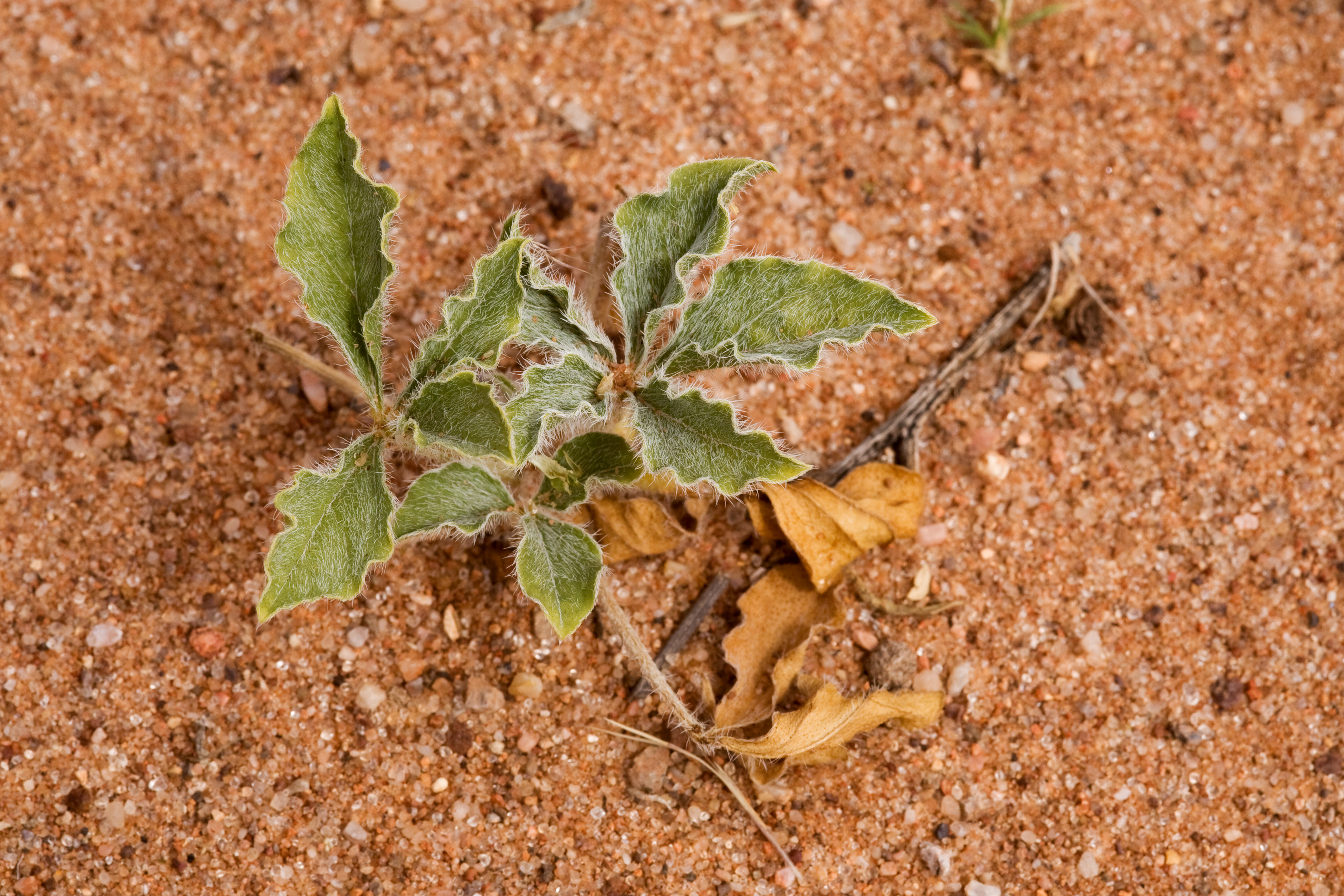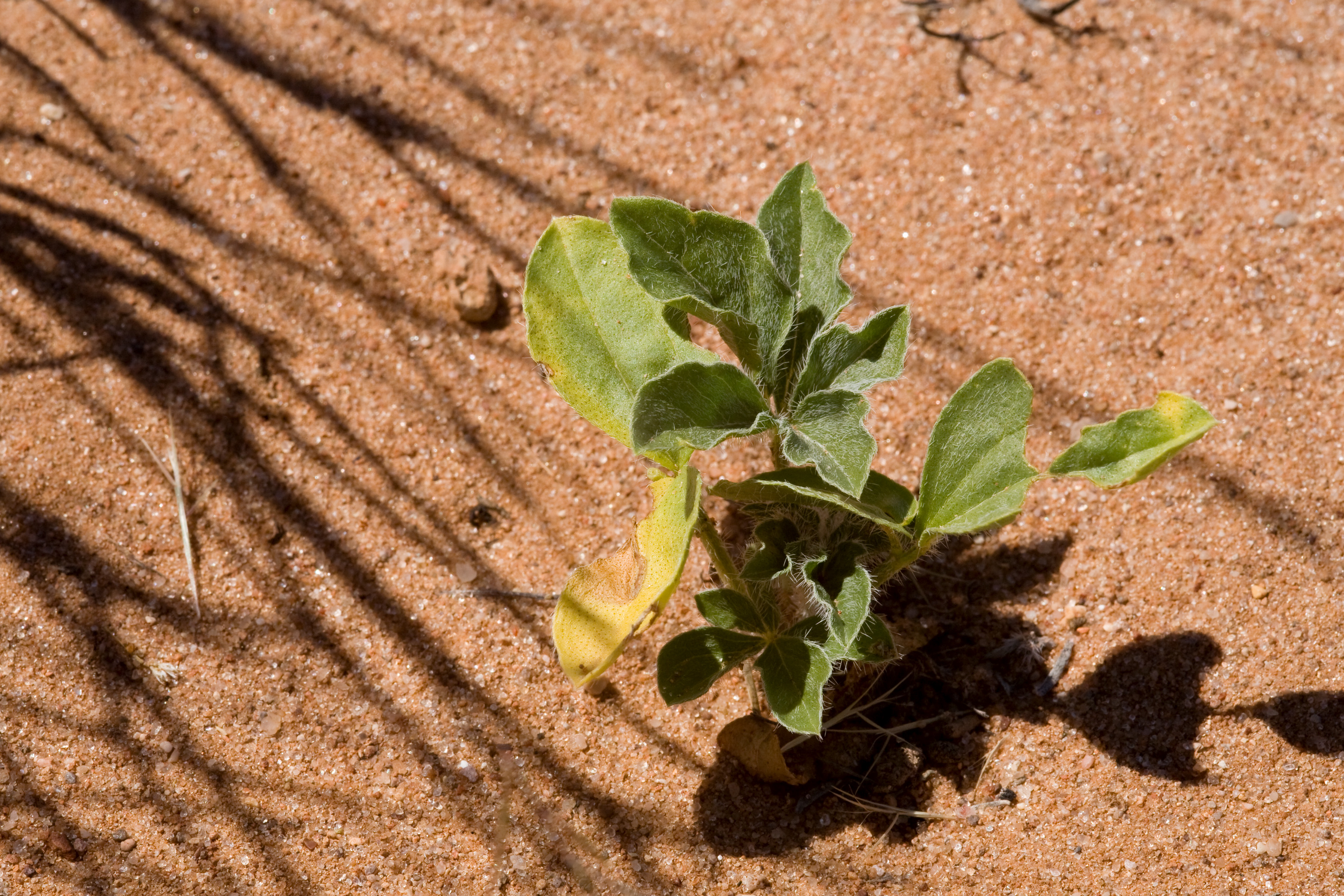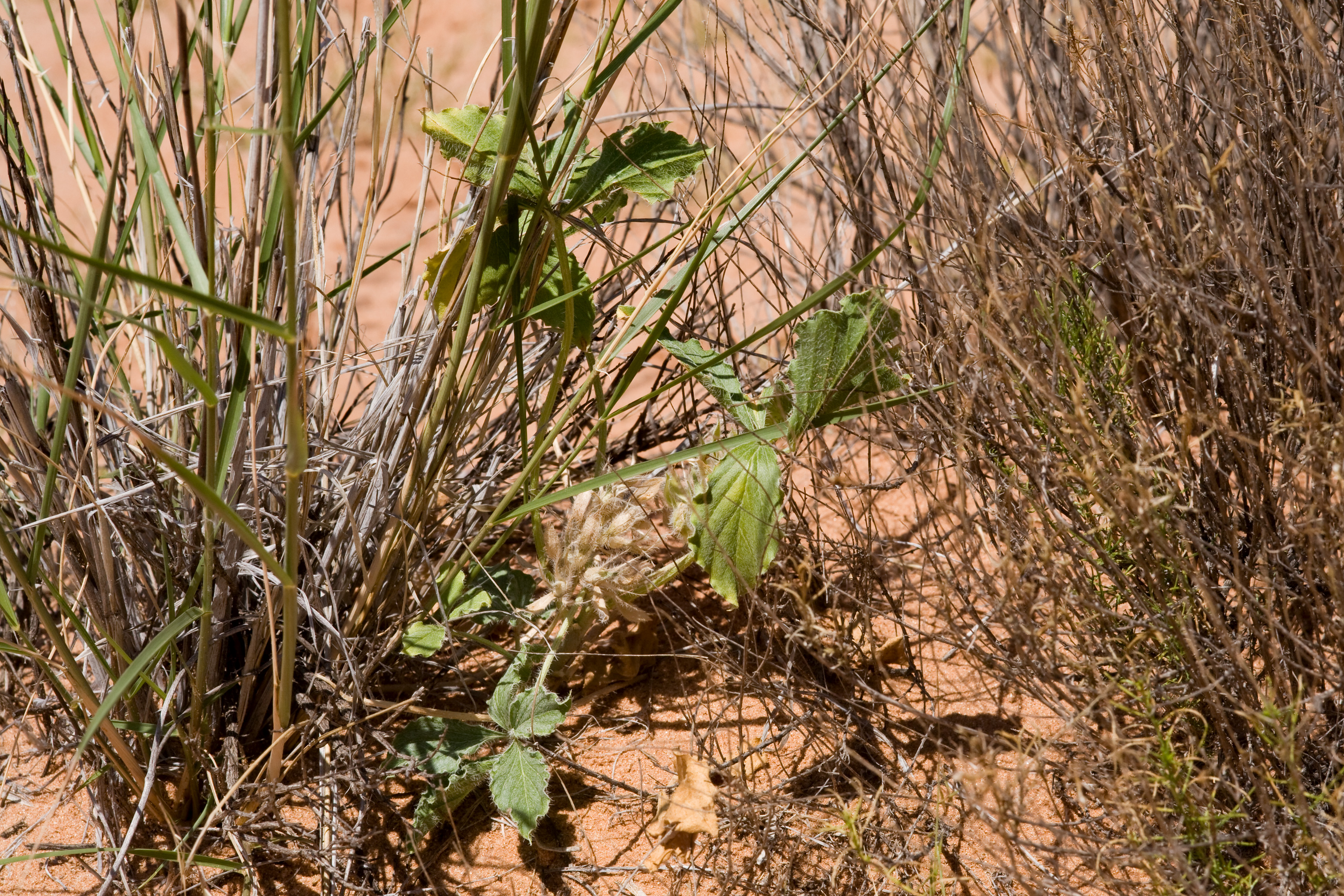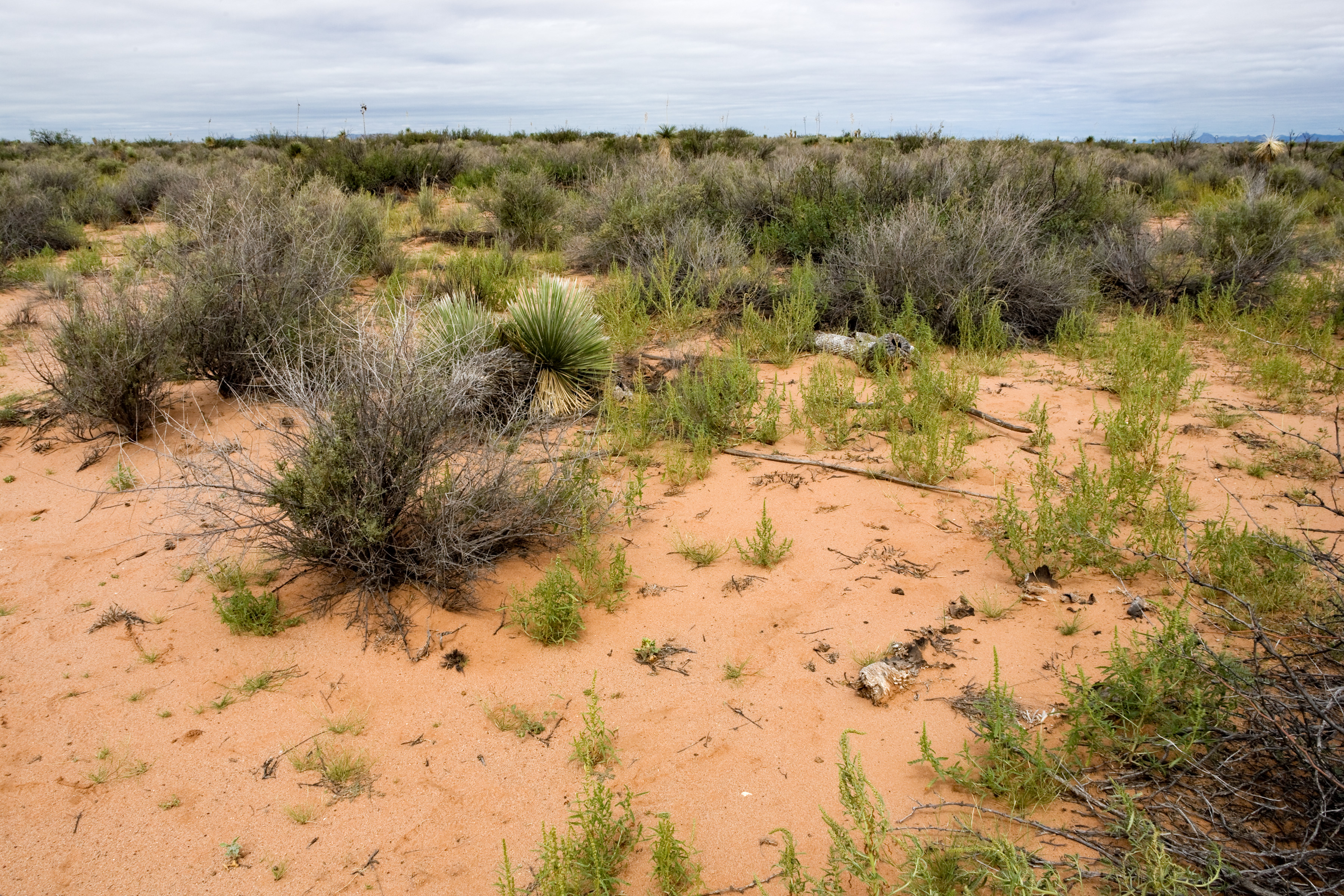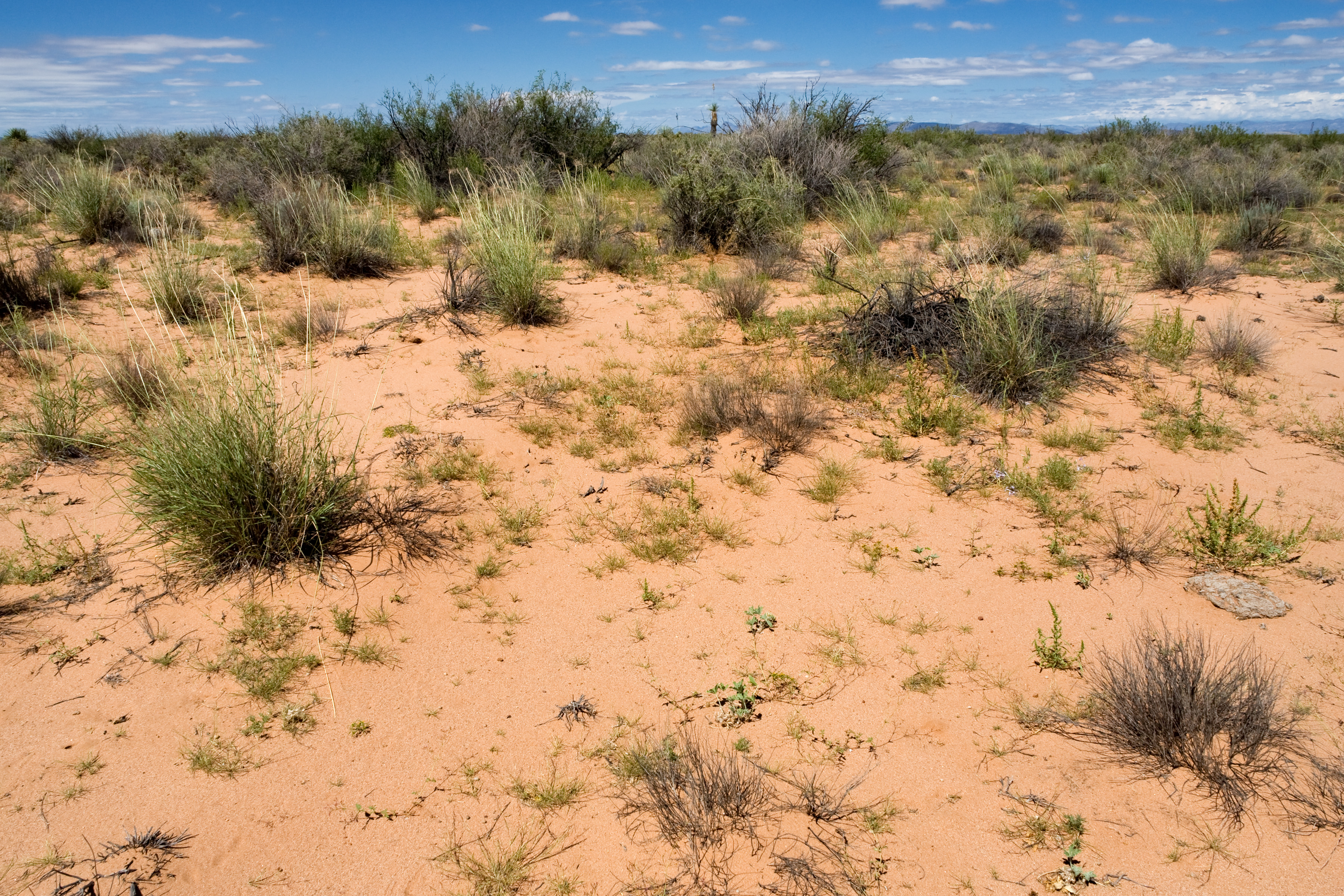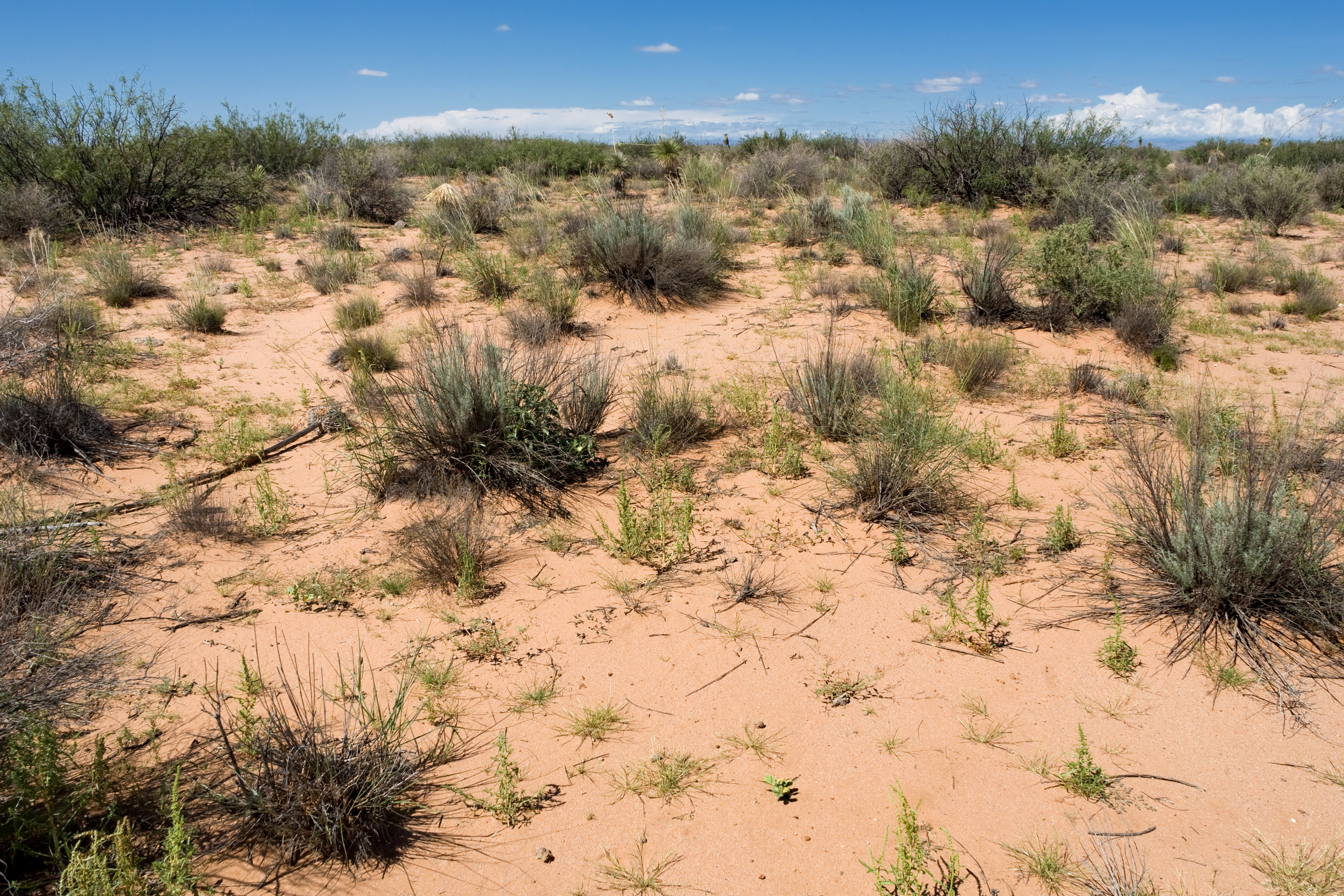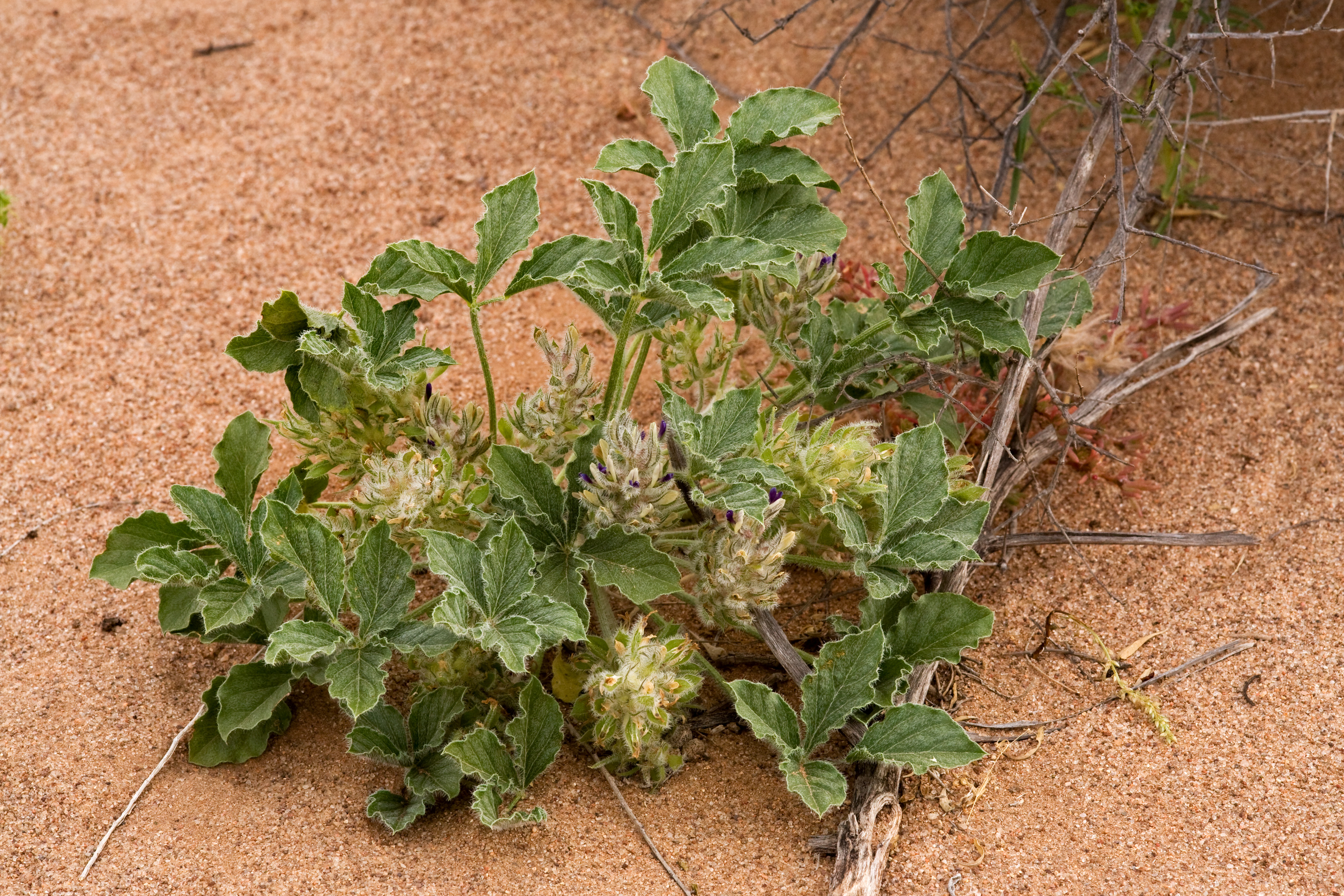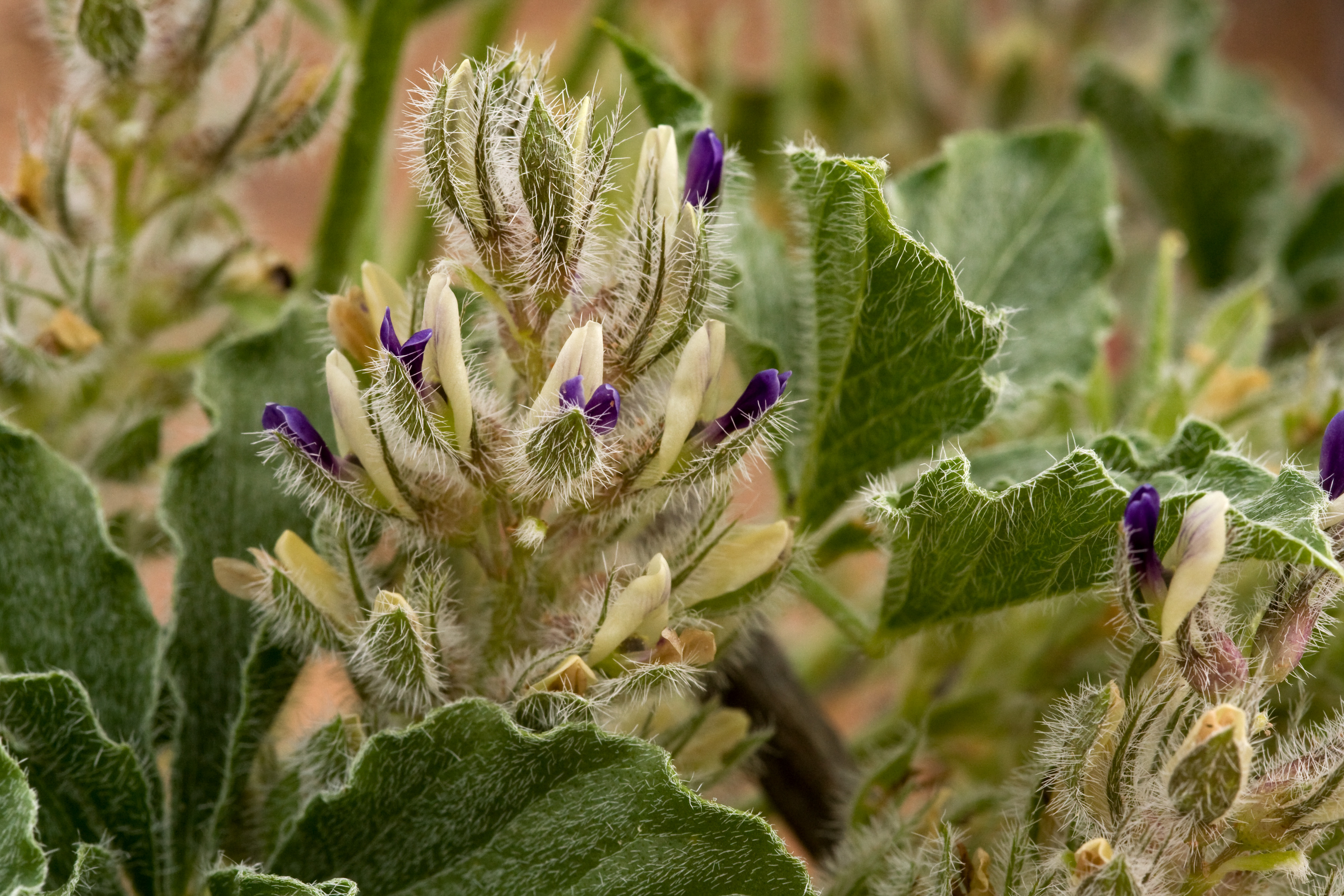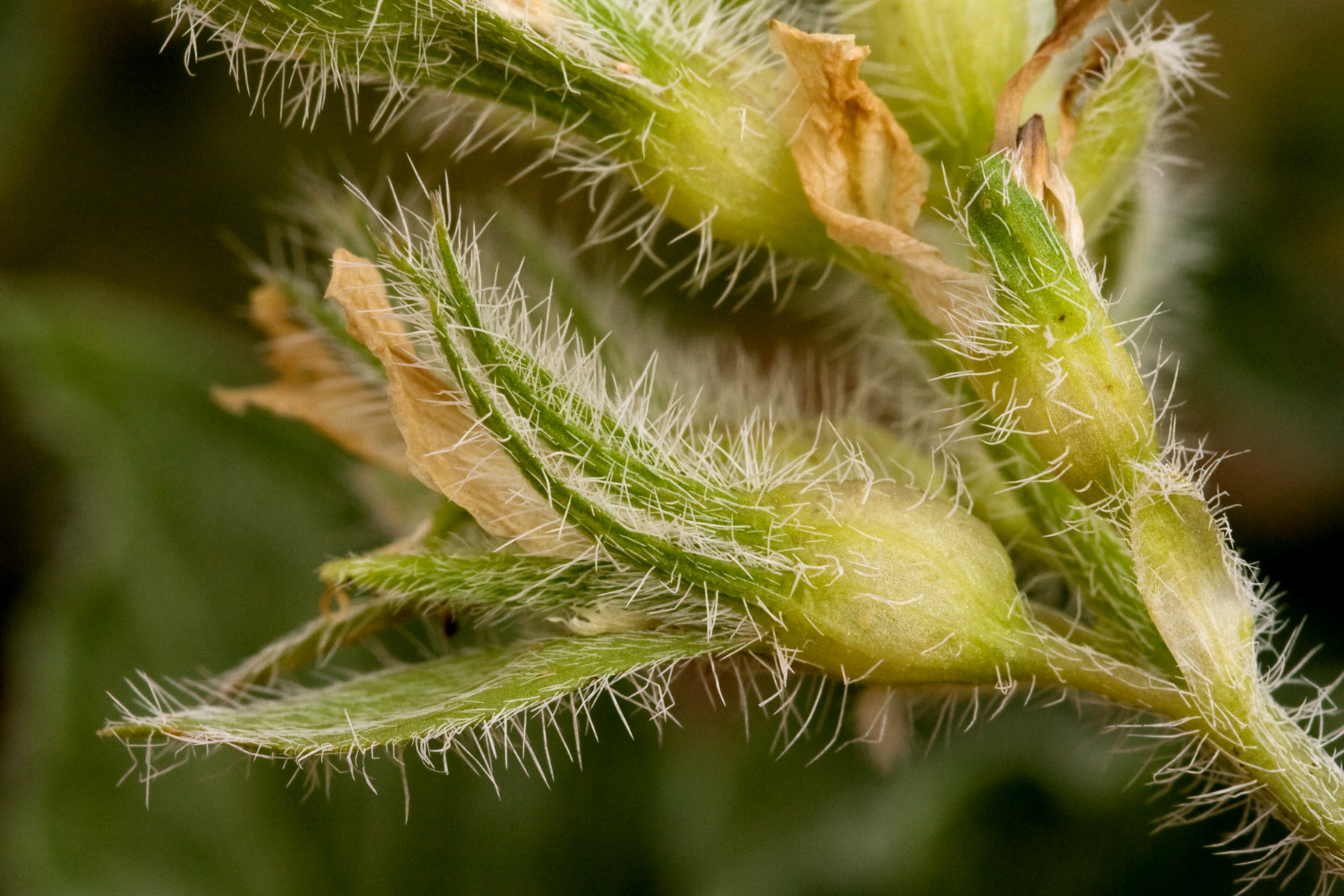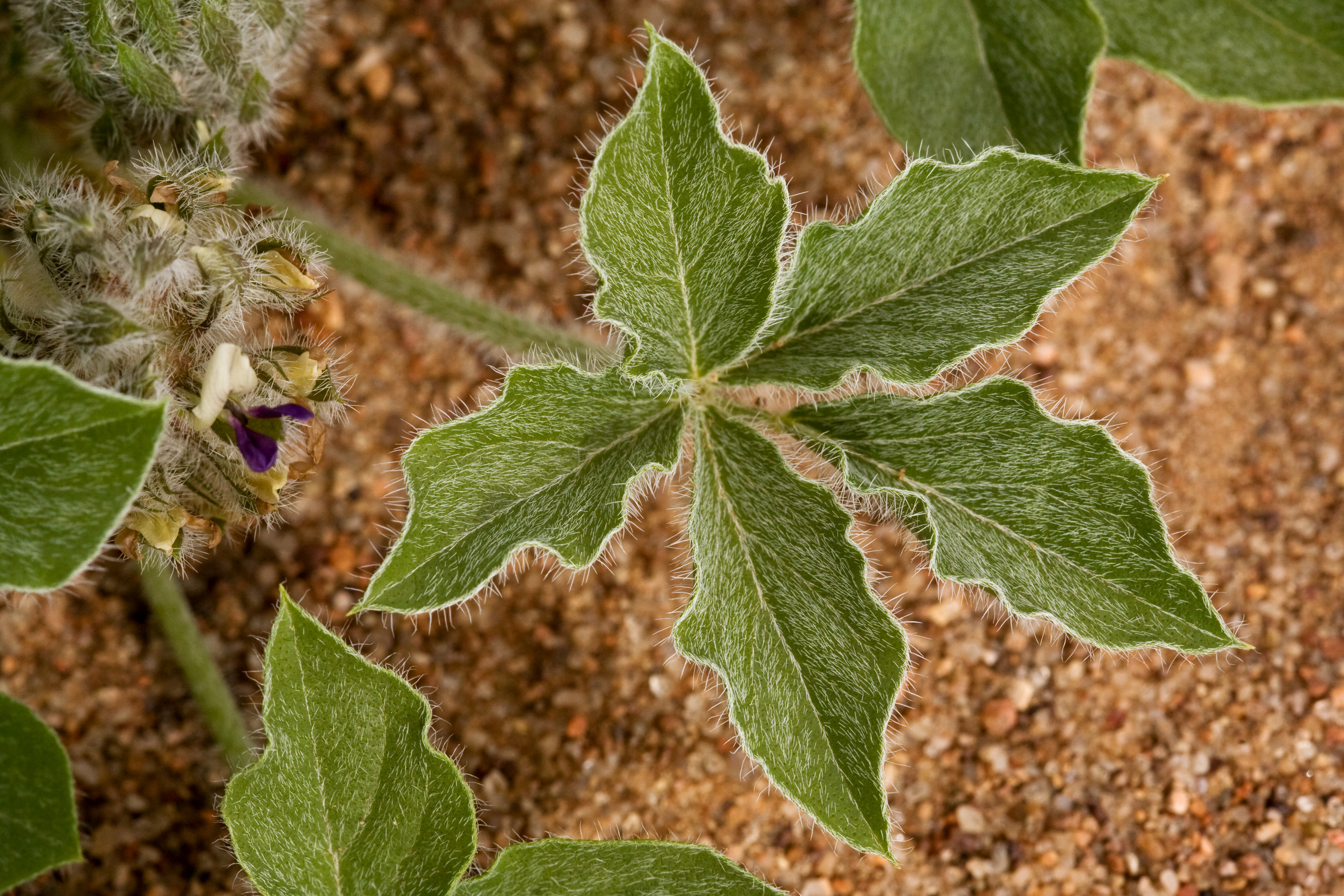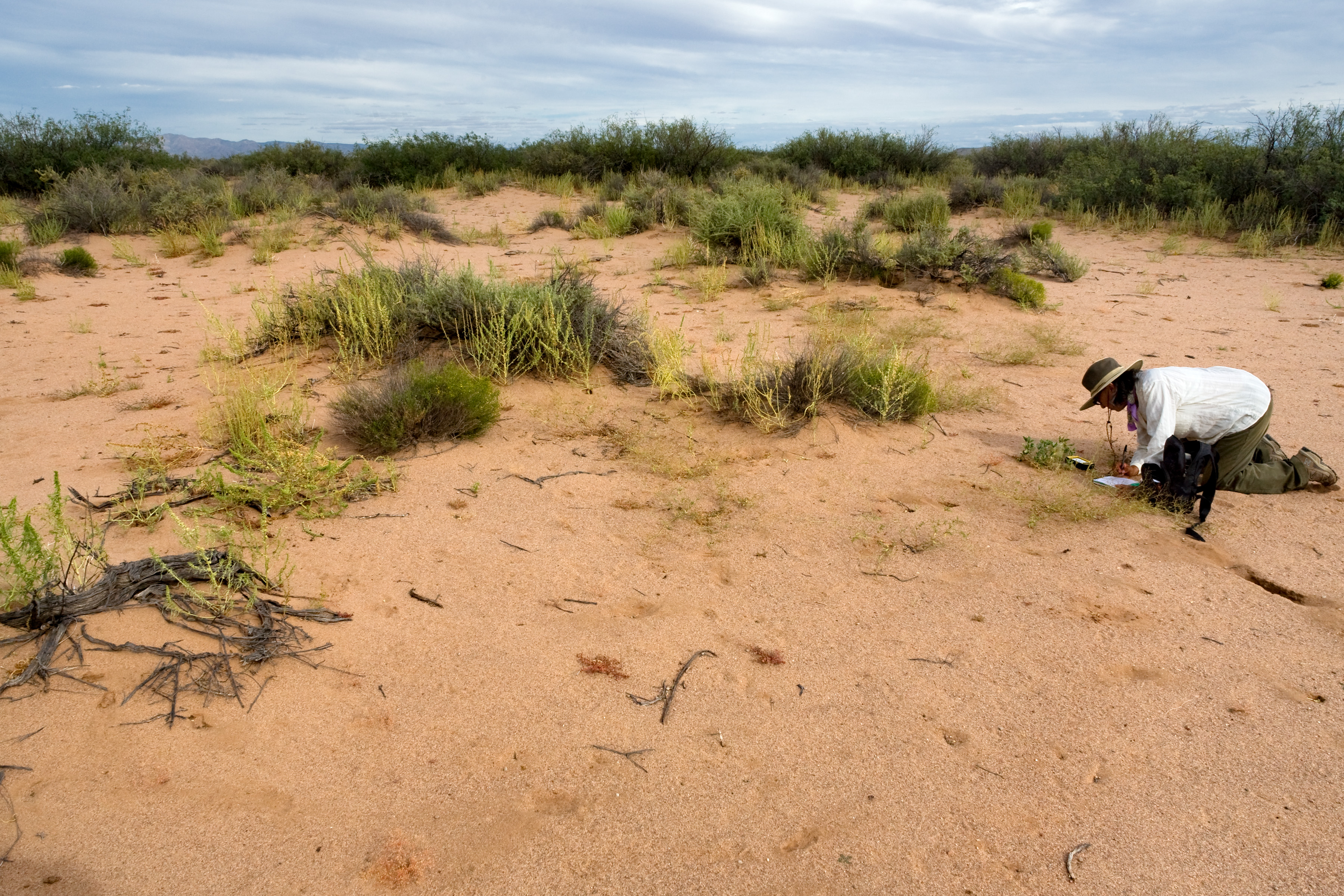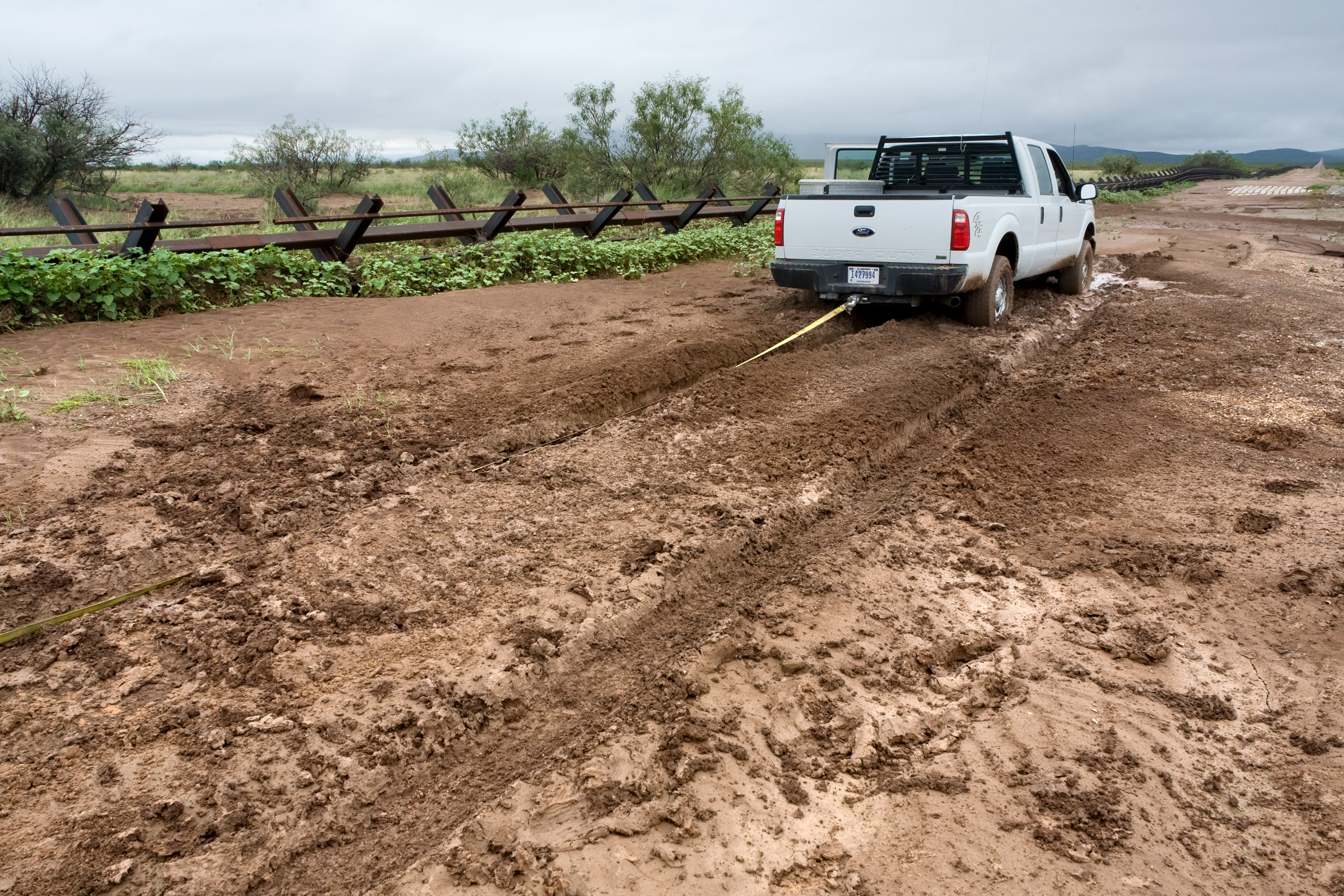The Changing of the Seasons
The seasons were teetering back and forth between Summer and Winter here in Buffalo, Wyoming. Since we were closer to the mountains we got an unusual fluctuation of temperatures. We had two snow falls already with a couple of Summers thrown into the mix. I think the trees were pretty confused so they were slowly losing their leaves while keeping a couple of branches of leaves for insurance purposes.

The seasonal weather forecast for this week in Buffalo, WY.
The Office Frontier
I am very busy in the office doing all kinds of data entry and organization! I am finally finished with DIMA data entry! WAHOO!!! \(O_O\) That took a couple of weeks to do. The other DIMA entry that Sara did would have been error checked by Jill and I. After completing the error checks, I worked on the comprehensive reports for the S&G sites as well as our allotment sites Sara and I monitored this year. The comprehensive report showed the percentages of soil surface, different types of litter, and plant composition. I had to work with Access and Excel for great lengths of time. If the office had some kind of badge system that the Boy Scouts have, I would have definitely got the Microsoft Excel Badge. These reports would be printed out and included with the allotment folders.
My next step was to create a large amount of allotment folders. I followed the BLM format and added my own twist with each of the allotment folders. I included two different scaled maps, a directional photosheet of the site, the comprehensive report, and all of our notes and recordings from the field. I love using my GIS skills and making the maps look like a work of art while maintaining all of the needed information to help guide future monitoring staff to the transect area. One of the days I had to use the crazy label maker…we did not leave on good terms, but the job was completed! (The label maker had a huge ego and required the finest of yellow labels.) I am almost done with all of the allotment folders and my office looks like a filing system met a tornado. I call my cubicle the organized chaos filing system prep room. ^_^;;
Other interesting jobs our bosses had us do were car checks/ maintenance and do recycling trips! Jill and I would go to different trucks and check for supplies, fluid levels, anything that needed to be fixed, and tire pressure. We would fill out a report and organize receipts to be submitted to one of the offices. Usually everyone would do this, but it is hunting season and many people were away. It was a great experience and I was able to use my car maintenance skills. Heather and I did the recycling runs and took two trips to deliver all of the recycled paper, cans, and cardboard. Now our office was squeaky clean!!
Bird Monitoring
One of the wildlife biologists, the BLM Legend Don, asked if I was interested in helping him out with a bird survey since I knew a lot about birds and could identify them by their calls. I was beyond excited and started nodding saying, “Yes. O_O” before he finished asking me. He invited all of the other interns and wildlife biologists to Welch Recreation Area! I brought two binoculars and my National Geographic Bird Guide for North America. We stopped every five hundred feet along the river trail for five minutes and recorded all the birds we saw or heard within the general area. We saw American Robin, Spotted Sandpiper, Black Billed Magpie, Canada Goose, House Wren, Great Blue Heron, Wood Duck, Mallard, Orange Crowned Warbler, Black Capped Chickadee, American Crow, Spotted Towhee, and Red Tailed Hawk. We were sort of disappointed, because we expected to see a lot more species. We did have a great experience and we walked through some cool sections of the Welch Recreation Area. One section had the Coal Creek Fire. This was a fire that kept on burning for a couple of years without being extinguished. You might be wondering, “Justin, How is this possible?” Well, there was a fire that sprawled across the prairie and came across some underground coal beds. The coal caught on fire and has been smoking for a couple of years now. I thought that was fascinating and a little horrible at the same time.

Seriously, when we were monitoring, Black Billed Magpies were everywhere!
On a side note, I have been bird watching all the time in the Buffalo/ Sheridan/ Bighorns/ Gillette region for the Summer. I expected to see a lot more species of birds, unfortunately I did not see a lot. I saw 131 species, which was a pretty nice number. My favorite birds to watch were the Lazuli Bunting, Yellow Headed Blackbird, Mountain Bluebird, Red Crossbill, American Redstart, Lewis Woodpecker and the Burrowing Owl. I did not see a Mountain Plover, but they were definitely living in the area southeast of town according to many biologists and bird watchers. I did not care for the Eurasian Collared Dove, they always coo’ed at 4:00am in the morning and liked to relieve themselves on my car. :/ Overall, the bird watching experience in Buffalo, Wyoming has been tough, but rewarding. \(^_^)/
Top Five Invasive Plants in our Area
Every morning before work and during lunch time, I took time to read the updated CLM blogs. Yes, you all have a fan!! Even though I really do not comment, I find all of your blogs very VERY useful in identifying invasive and native species. I find it interesting how in different parts of the West, interns see different non-native or invasive plants. For example, some BLM offices in the West used Crested wheatgrass (Agropyron cristatum) with their seed mixes to help establish soil after intense fires. Some BLM offices swear by this plant calling this non-native a very good soil stabilizer and a good plant to help other native plants establish themselves. When I worked for Burns, Oregon last year for my internship, this grass was very useful and did not seem invasive at all. When I got to Buffalo, Wyoming, this grass was everywhere. Many mining and cattle ranching conglomerate companies used this grass and in some areas it looked like it is the only grass within a three miles radius with the exception of cheatgrass (Bromus tectorum) and Japanese brome (Bromus japonicus). I heard some people say that it was an invasive grass and that it was taking over, even though I thought this grass did not behave like that.
Anyways, I was thinking if people who have read this section in my blog, if they could comment what invasive plants were trouble for them in their office, I think that would be great and give people an interesting perspective of what invasive plants were in each field office district. Here was my list of the top five troublesome invasive for the Buffalo BLM Office.
5.)Yellow Sweet Clover (Melilotus officinalis)
4.)Scotch Thistle (Onopordum acanthium)
3.) Russian Thistle (Kali/Salsola tragus)
2.) Leafy Spurge (Euphorbia esula)
1.) Cheatgrass and other Unwanted Brome (Bromus spp.)
0.) Special Honor goes to our invasive, yet native cactus species: the plains prickly pear (Opuntia polyacantha).

1.) Yellow Sweet Clover 2.) Scotch Thistle 3.) Prickly Russian Thistle Alright…I really did not have a good picture of a Scotch thistle…so I inserted the selfie I took with one. /)_-) Yes… I do take selfies with plants, especially orchids.
Misadventures: North by Northwest!
Yay!!! Time for a comp time vacation! I really needed to use my comp time…it was over 100 hours. <_< I decided to go with my parents up to Glacier National Park and to Alberta, Canada. I have been to Glacier National Park and it was beautiful, but I have never been to Alberta, Canada! Glacier National Park was closing down in a week and we decided to visit the park. We saw brilliant fall color, awesome geological formations, and a grizzly bear! We moved up into Canada afterwards. We went to the towns of Calgary and Edmonton. Both were thriving and growing cities of Canada. Within the last year, 40% of all growth in Canada was in Edmonton! My parents and I visited the badlands of Drumheller, which reminded me a lot of the landscape east of Rapid City, SD and west of Tensleep, WY. One of my favorite parts of the trip was traveling to the Rockies west of Edmonton to Jasper National Park. There were blue alpine glaciers all over the place!!! The landscape, geology, the clay blue rivers, the animals, yellow aspen, the flora, the eroded canyons and clouds were…incredible. O_O…….O_O I think my mouth was open most of the time, because I was in awe of everything. The ice fields in the south entrance of the park had the most glaciers and I was able to walk up to one!! This trip was amazing and I had a lot of fun!…Now back to work!! 😉

A sample of what I saw in Canada. \(^_^)/
Season Finale!
What!? Already???? Man, this internship flew right by. My next blog entry will be the Season Finale! I will talk about what I have learned, seen, and did on my Buffalo, Wyoming internship. Lost stories, comics, gifs, and other tidbits will be included.
And Now….Your Moment of Zen…

Very Zen…much beauty…such fall color…wow!











